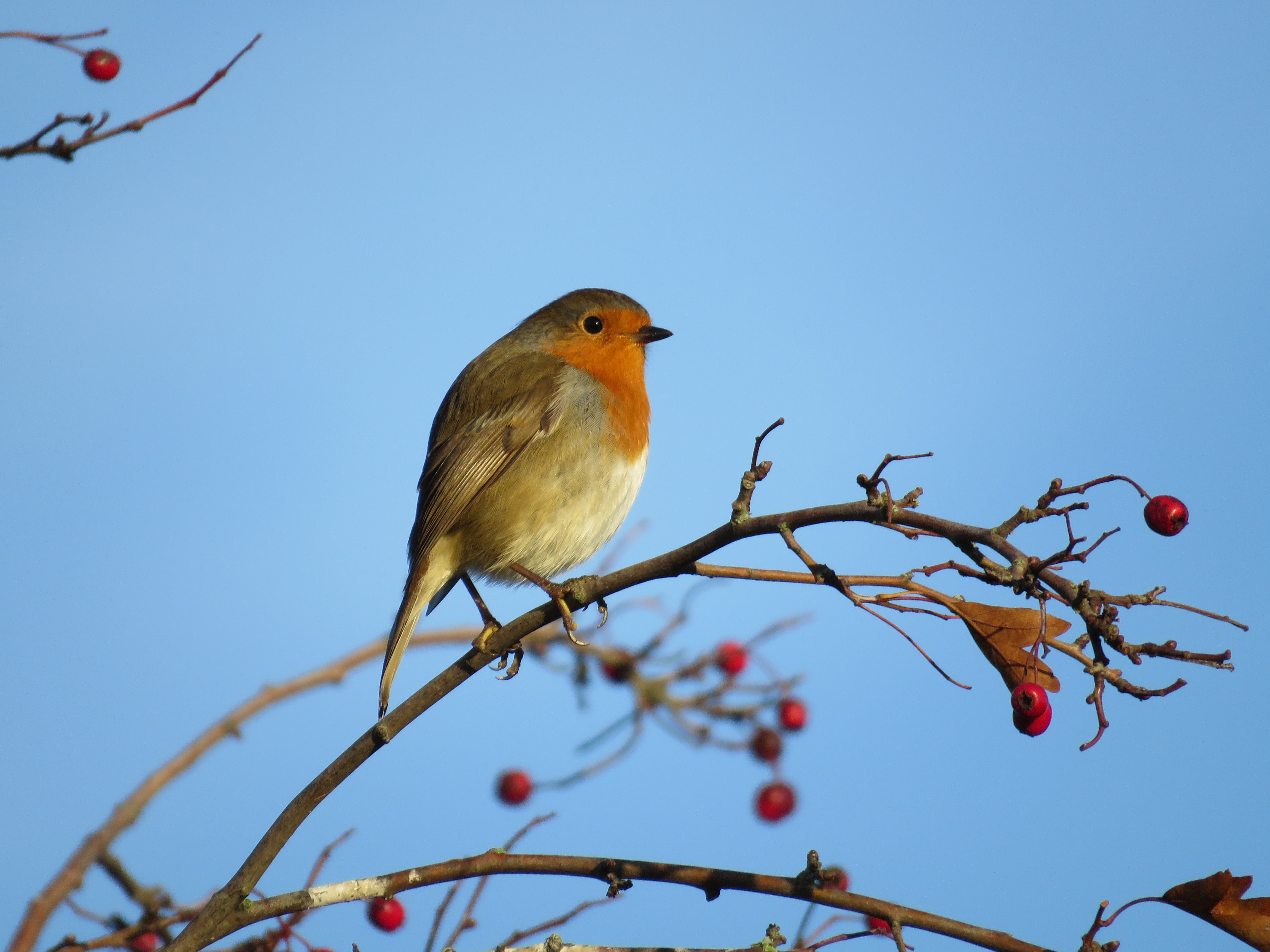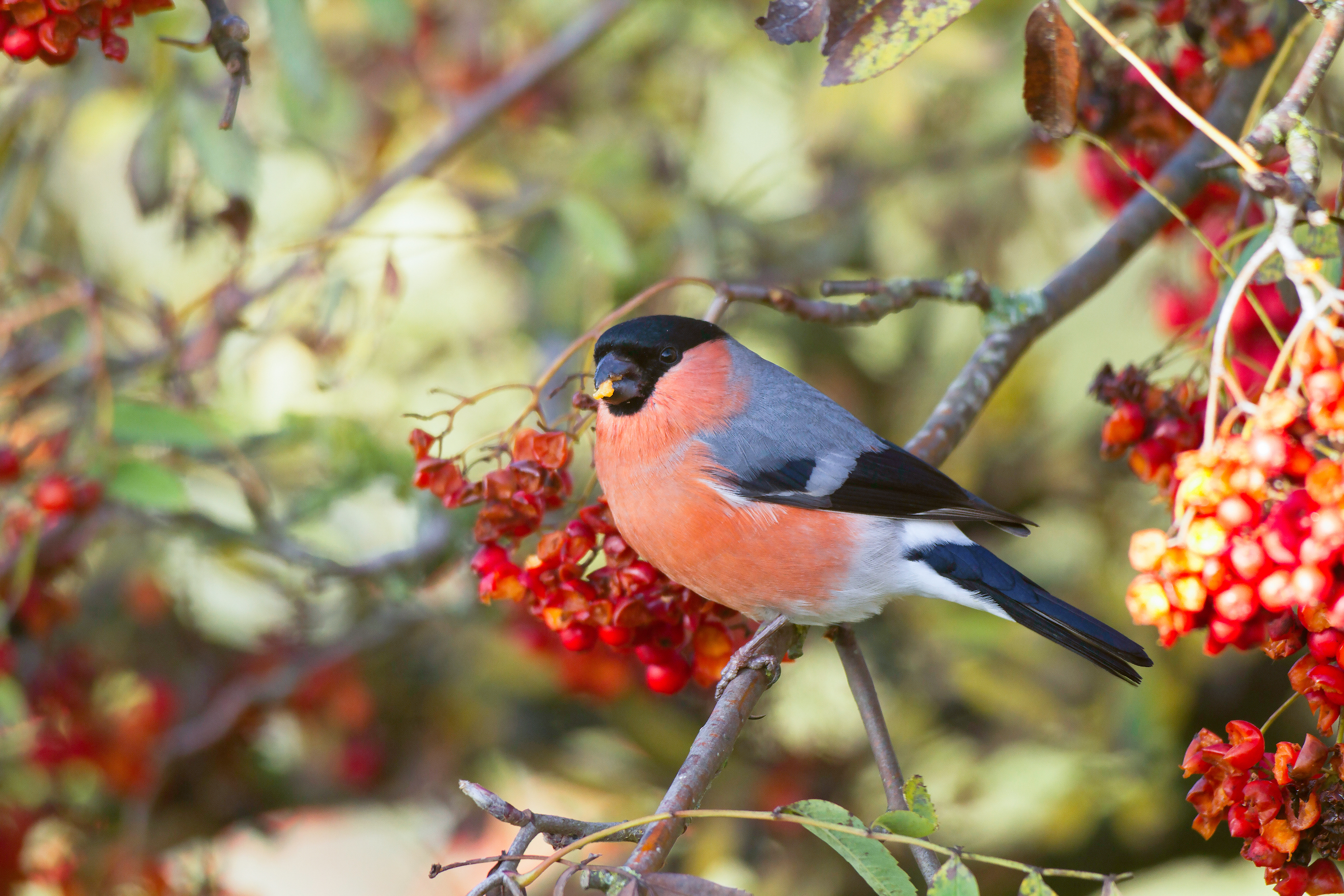Feeding garden birds – Monty Don's tips on how to feed garden birds
Here is Monty Don’s advice on feeding garden birds to keep them healthy all year long


However small – or spacious – your garden may be, you can still make a difference to wildlife. And, as we move towards winter, feeding garden birds becomes vital, and it's a great place to start if you want to do your bit for wildlife. Providing a reliable source of the right food will keep birds well nourished, and able to withstand the chilly days and even colder nights to come.
Birds can encounter shortages of food in any month, but feeding them in autumn and winter does bring the most benefits. Our favourite gardener and broadcaster, Monty Don, feeds the birds in his garden at this time of year, and so when he shared his advice on BBC Gardener’s World, we were all ears.
All you need to do for Monty’s top tips on how to feed garden birds this autumn and winter is scroll down.
How to feed garden birds: Monty Don’s top tips
1. If you like the idea of attracting a variety of birds, you’ll need to provide them with food in different locations, Monty advises. You might want a feeding table as one of these. In autumn and winter Monty uses a table he puts plants on at other times of the year as a bird table, but you can buy or even make your own.
Monty uses a log to sprinkle food on to, and he uses special feeders, too. You’ll likely want to get yourself set up with a variety of feeders suited to the different foods birds need in winter (of which more below).
2. Monty feeds the birds in his garden with sunflower seeds, niger seeds (you’ll also find these under the name nyjer seeds), dried mealworms, and fats.
The very best food is sunflower seeds, he says. They come in two forms, and if you buy both you can attract birds with different preferences so you nourish a wider range of feathered visitors.
Get small space home decor ideas, celeb inspiration, DIY tips and more, straight to your inbox!
First, there are sunflower seeds that have had their husks removed. These are known as sunflower hearts. Blackbirds prefer these, Monty says, and they’re also a favourite of birds such as chaffinches, house sparrows, robins and wood pigeons, among others.
Also available are sunflower seeds with the husks left on, and Monty explains that some birds like taking these off and have beaks specially adapted for the job. You might find greenfinches and tits attracted to these.
Monty sprinkles sunflower seeds on to the log on his garden table: smaller birds can get their beaks into the crevices to pick them up from there, he says, ensuring they receive their share of the food. You can get feeders suitable for sunflower seeds if you prefer to provide them this way.
3. Monty says feeding niger seeds brings finches to his garden. He sprinkles these on to the log, but you can alternatively put these out in a feeder. Be aware that you’ll need a special design for these as the seeds are so small.
4. The feast Monty creates for the birds in his garden also includes mealworms, which he once again sprinkles on to the log. Which birds will they attract? Among the fans of these are blackbirds, robins and starlings, Monty says. If you don’t have a bird table, these can be set out in a shallow container, or in a dedicated feeder.
5. You can also follow in Monty’s footsteps and feed peanuts to the birds in your garden. He puts these out in a feeder which is hung up. This shouldn’t be positioned in the open, he advises, but under the shade of a tree or shrub.
6. Feeding high calorie fats to birds in the winter months is very important, Monty advises. These come as slabs that can be hung in cages, or as fat balls that can be put into a feeder designed for the job and put on a bird table or hung.
7. Feed birds daily, but if the weather gets really bad, you can feed them twice a day to help keep them in good shape in challenging conditions.
8. Don’t forget to provide water as well as food for the birds in your garden. They need it for both drinking and bathing. When it’s freezing, remember to go out and melt it by pouring on hot water to maintain the water supply. You could also try floating a ball in a small amount of water to keep it free of ice.

- Help track garden finches. Researchers at the British Trust for Ornithology (BTO) have noticed lower numbers of siskins and bullfinches using gardens across the first half of this year and are asking people to watch their bird feeders to help track these colourful garden visitors through the coming weeks. Find out more about the Garden BirdWatch and why not try making a DIY bird feeder too.

Sarah is a freelance journalist and editor writing for websites, national newspapers, and magazines. She’s spent most of her journalistic career specialising in homes – long enough to see fridges become smart, decorating fashions embrace both minimalism and maximalism, and interiors that blur the indoor/outdoor link become a must-have. She loves testing the latest home appliances, revealing the trends in furnishings and fittings for every room, and investigating the benefits, costs and practicalities of home improvement. It's no big surprise that she likes to put what she writes about into practice, and is a serial house revamper. For Realhomes.com, Sarah reviews coffee machines and vacuum cleaners, taking them through their paces at home to give us an honest, real life review and comparison of every model.